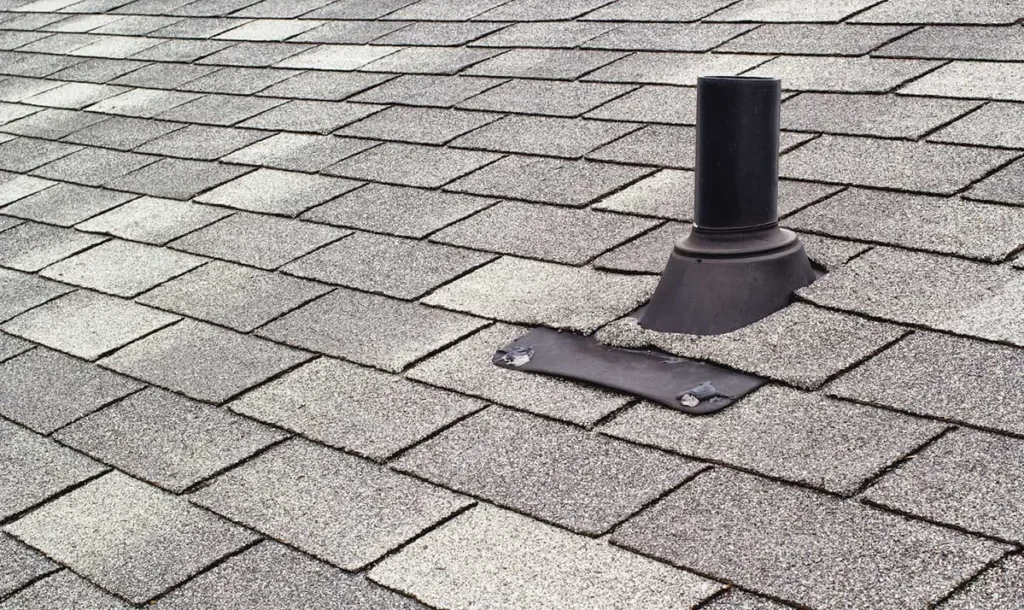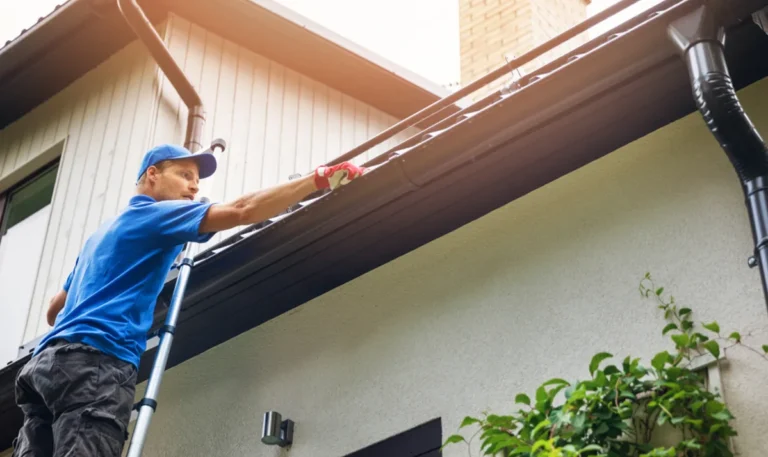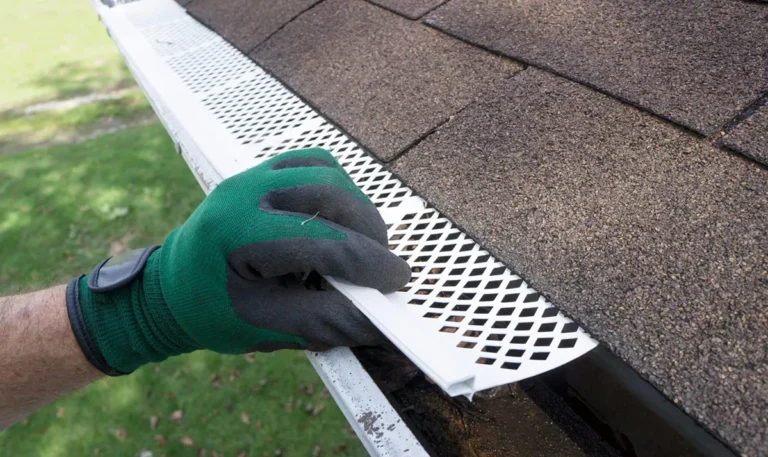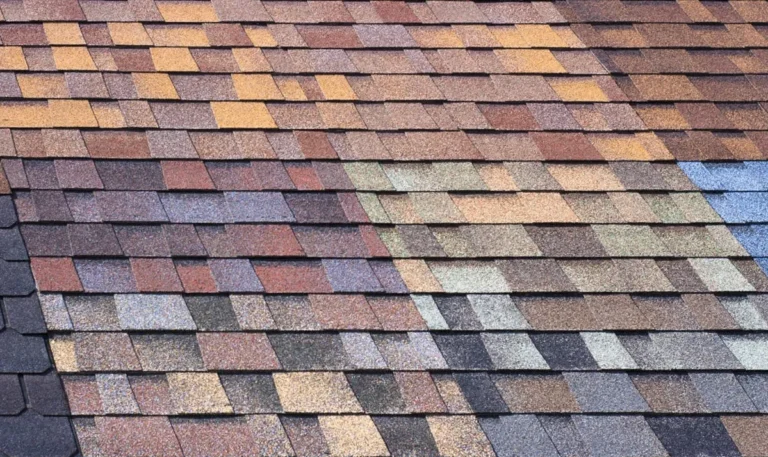Understanding Roof Vents
Roof vents are an integral part of your home’s ventilation system. They play a vital role in maintaining the temperature, controlling moisture, and protecting the structural integrity of your house. In this comprehensive guide, we at Andes Roofing will explore the importance of roof vents, the different types, and how to choose the right one for your home.

Importance of Roof Vents
Temperature Control
Roof vents help regulate the temperature inside the attic, preventing it from becoming too hot in summer or too cold in winter. By maintaining an optimal temperature, you can reduce the energy costs associated with heating and cooling. As one of the leading Louisville roofing companies, Andes Roofing emphasizes the importance of proper ventilation in temperature control.
Moisture Regulation
Without proper ventilation, moisture can accumulate in the attic, leading to mold and mildew growth. Roof vents help eliminate excess moisture, thus preventing potential health hazards and structural damage.
Extending Roof Lifespan
By preventing temperature extremes and moisture buildup, roof vents contribute to prolonging the life of your roof. They reduce the risk of warping, cracking, and other damage that can lead to costly roof repair in Louisville, KY.
Types of Roof Vents
Static Vents
Static vents are non-mechanical vents that provide passive airflow. They are simple to install and require no electricity.
Power Vents
These are electrically powered vents that provide active airflow. Power vents are highly efficient in controlling temperature and moisture but are more expensive to install and operate.
Ridge Vents
Ridge vents run along the peak of the roof and provide continuous ventilation. They are often used in combination with soffit vents for optimal performance.
Turbine Vents
Turbine vents use wind power to draw air out of the attic. They are highly effective in windy areas but can be less efficient in regions with low wind.
Soffit Vents
Installed under the eaves, soffit vents work with ridge vents to provide continuous airflow. They help draw fresh air into the attic.
Choosing the Right Roof Vent for Your Home
Consider the following factors when selecting the right roof vent for your home:
- Climate: Your geographic location and prevailing weather conditions will determine the type of vent that best suits your needs.
- Roof Type: The design and material of your roof will affect the choice of vent.
- Energy Efficiency: Select a vent that provides optimal performance without excessive energy consumption.
- Installation and Maintenance: Consider the ease of installation and the ongoing maintenance required by Louisville roofing contractors like Andes Roofing.
Conclusion: Invest in Proper Roof Ventilation
Roof vents are not just an accessory; they are a vital part of your home’s overall health. By understanding the importance, types, and selection criteria, you can invest in a roof ventilation system that provides temperature control, moisture regulation, and extends the lifespan of your roof. Whether you are building a new home or renovating an existing one, prioritizing roof ventilation will ensure a comfortable and healthy living environment.






